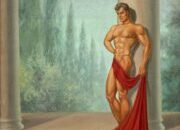Celebrating homoeroticism, androgyny, nakedness & unbounded love
REPRINTED FROM https://medium.com/ COPYRIGHT Kamna Kirti
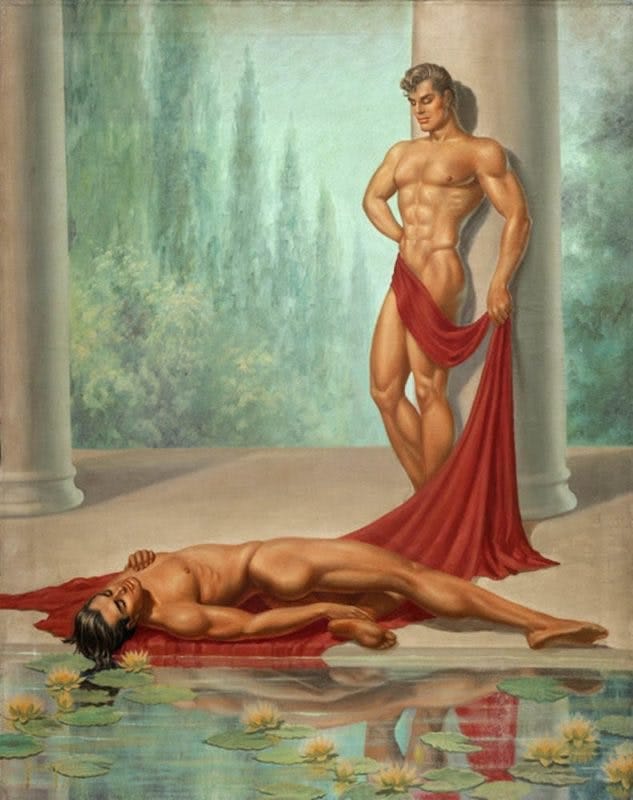
Can you imagine a gay visual artist in 1950s America who embraced gender fluidity long before the term was even coined? Imagine how difficult it would be to aesthetically portray homoeroticism long before when being gay was not only risky but also illegal.
I’m talking about the gay artist — George Quaintance (1902–1957) who was way ahead of his times and challenged the traditional heteronormative society time after time. From 1943 to 1957, he created almost 50 homoerotic paintings and drawings of idealized male bodies. His paintings seamlessly exuded elements of masculinity and androgyny in his models, all at the same time.
In 1982, The Voice stated, “Quaintance was gifted with so much drive and artistic talent that he had the ability to transcend the puritanical restrictions of the times and leave us something of his daring imagination in his paintings.”
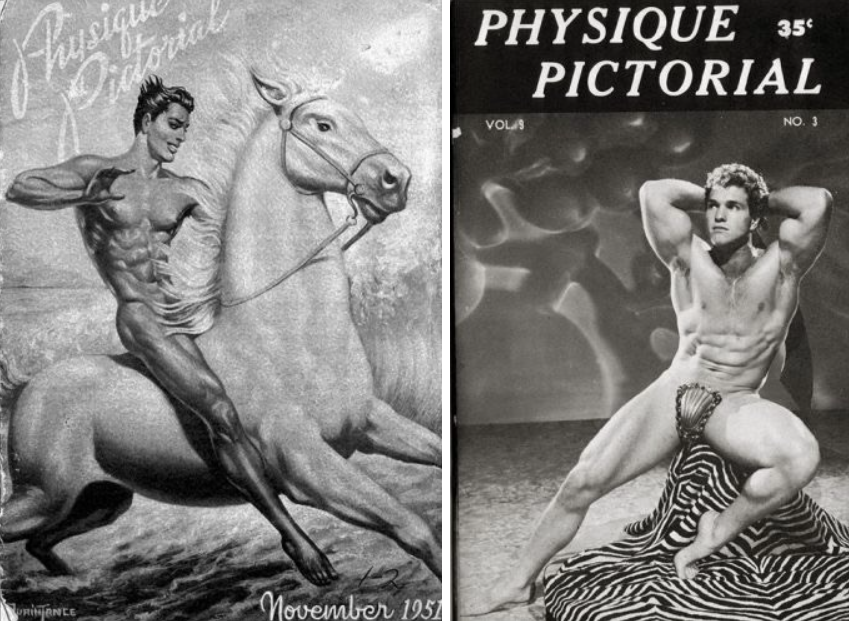
Quaintance was a Virginian country boy who initially worked as a vaudeville dancer, hairstylist, window dresser and photographer.
In 1951, he was introduced to the nascent bodybuilding community and his everyday contact with male models attracted him to paint “nude men.” He grabbed eyeballs when he drew an illustration for a popular beefcake magazine Physique Pictorial.
His flowy and chiseled Greco-Roman subjects, as well as midwest cowboys, helped establish the macho motif that later became ubiquitous in gay imagery.
Let’s dive into 4 extraordinary paintings by Quaintance showcasing homoeroticism, androgyny, nakedness and unbounded love.
1. Idyll, 1952
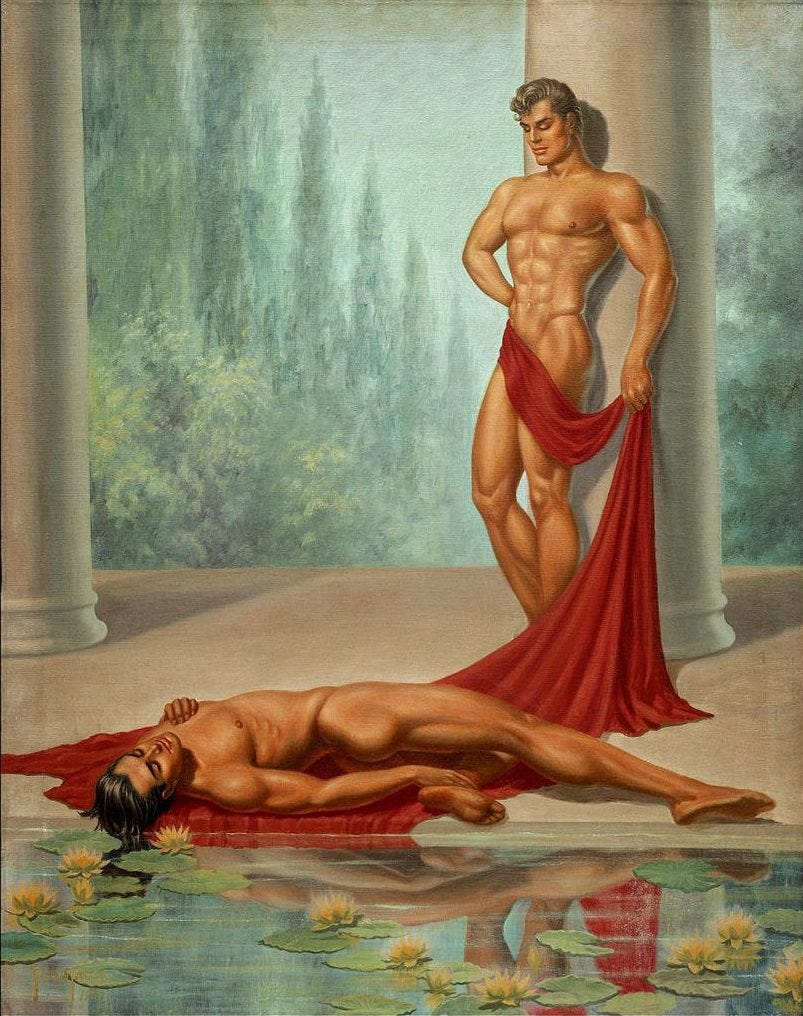
This is the artwork that attracted me to research Quaintance and his oeuvre. Trust me, I was awestruck the moment I saw this painting.
“Idyll” literally means extreme happiness and utopia. Isn’t this artwork apt to its title? I love how the painting oozes out the sensuality in a subtle erotic manner.
We can’t ignore the shiny ideal bodies of two male nudes with beautiful feminine face gestures and luscious lips. Quaintance cleverly concealed frontal nudity, which was actually a crime during that time, with a blood-red thin veil.
The two men showcase a platonic kind of love. The lotus is the symbol of purity and enlightenment and is a perfect analogy for the human condition: even when its roots are in the dirtiest waters, the Lotus produces the most beautiful flower.
2. The Bandit, 1953
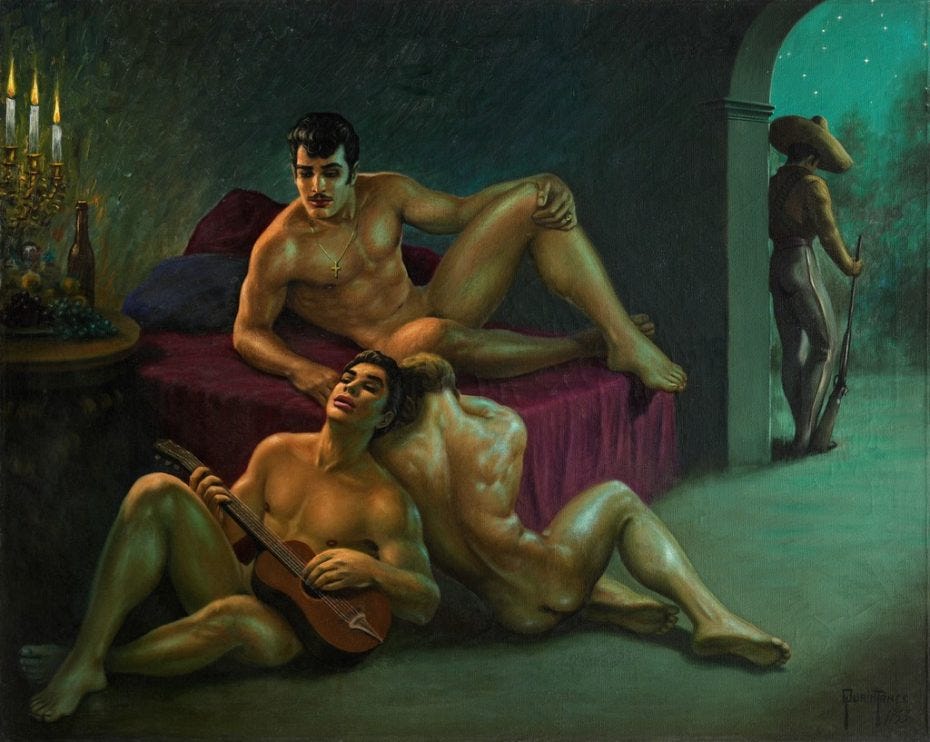
The Bandit, 1953.
Yet again, this painting reveals the intensity and emotion of the three naked men. Their perfect chiseled oily bodies and drag queen looks immerse us completely into the artwork. These men are engrossed in their music session. All while a cowboy guards the starry night.
3. Bacchant, 1956

Hands down to Quaintance’s creativity. I mean show me another early 20th-century painter who has dared to paint a Greco-roman God like this? Although this painting depicts a mythological subject yet it perfectly adds the contemporary style of Quaintance. The man is levitating ecstatically in thin veils of grape leaves in a Tarzan-like stance.
4. Trial by Combat, 1952

Trial by Combat.
In history, Trial by combat was a method of Germanic law to settle accusations in the absence of witnesses where two parties fought in single combat; the winner of the fight was proclaimed to be righteous.
Yet again, Quaintance handled this historic subject fantastically, leaving his signature style. The backdrop seems to be a mid-west setting with two distinct groups of men. The two fighters seem to belong to cowboys and natives both on horseback.
Lastly

Quaintance is known to be the “pioneer of a gay aesthetic.” In fact, his illustrations of an ideal semi-naked masculine man helped the famous brand Levis to be on the world map.
Quaintance prudently created paintings and illustrations which trod a fine line between acceptability and noncompliance in early 20th-century America.
But neither we see his body of work in public display nor his art is acknowledged. As if deliberately, society abandoned his art. What do you think?
REPRINTED FROM https://medium.com/ COPYRIGHT Kamna Kirti

